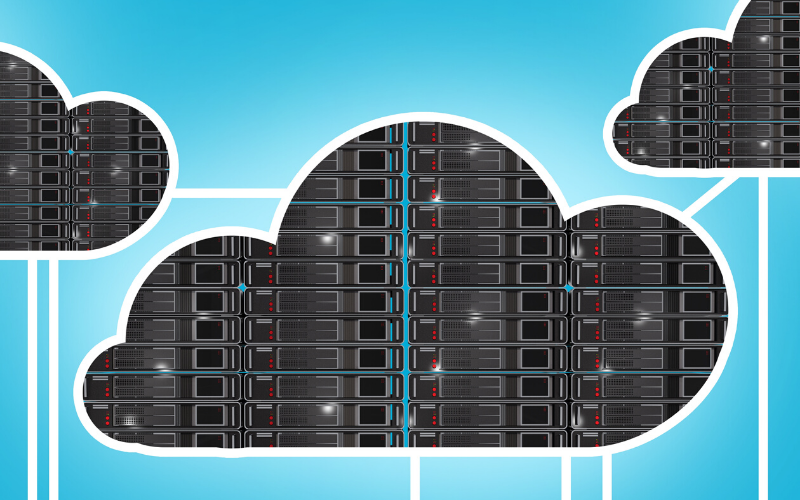As useful as the internet is, it is also the means by which criminals can attack your business, either to disrupt operations, or for their financial gain. Information security is everyone’s business: employees, managers and business owners. It is necessary to take reasonable precautions to secure individual devices, the network and all other IT infrastructure against threats which continually evolve and which, if they take hold, can have nasty effects on productivity, reputation and the bottom line.
But just what is malware?
Malware is any software or code which is written for nefarious purposes (malicious software). In the old days, it was ‘just’ viruses, which would destroy and corrupt anything they could access. These days, the range of malware is far wider: it can include things like keyloggers, which surreptitiously record passwords and send them back to the cybercriminal, ransomware which locks you out of your files until you pay a ransom, phishing attacks (and spearphishing, which is more targeted) which seek to compromise information, backdoors which allow attackers into your networks, rootkits which hand over control of computers to attackers, and many more – including, of course, old fashioned viruses.
Where does it come from?
The international nature of the internet means malware comes from just about anywhere. A lot of it is automated, too. Hackers set up machines and networks (and take over other people’s computers) and put them to work, around the clock, automatically targeting whatever weak points they can find on the internet. The threat is always on, always there.
The average computer user will see attempts at breaches coming in via email: those too-good-to-be-true ‘You’ve won the Microsoft lottery’ messages are a dead giveaway. Hackers are smart and they make a lot of money through their activities, so all sorts of clever attempts to fool you can be expected, disguised as invoices, purchase orders, bills, payments to your account, complaints, and more. A simple ‘I love you’ fooled much of the world back in 2000. That’s an example of social engineering – taking advantage of people’s curiosity, good nature or gullibility for advantage.
What’s the best approach for prevention?
Security policy has to be set from the top of the business, but security has to be everyone’s business. While the IT administrator should take care of things like the firewall, perimeter security and ensuring that every device is compliant with policy and has the necessary security software installed, every user is a potential point of compromise. Prevention is always better than cure: be alert, know what to look out for, don’t open files from strange sources (Microsoft isn’t really in the business of operating lotteries or giving away money). It is unlikely that you’re expecting payment from strange people, or that a Nigerian prince wants to share his millions with you.
Being excessively cautious is probably one of the better ways each individual can help avoid causing a compromise – and that points to one of arguably the biggest challenges in information security today. It is about educating users, driving awareness and building up a sense of what a potential threat looks like.
Chatting with your information technology services partner is always a good idea, too. The threat landscape evolves constantly; it is a moving target. Having an idea of what is going on, and sharing that information with your co-workers, can be a valuable weapon against the attackers. And finally, if you suspect a breach, don’t be shy, get on to it immediately and have it remediated. The more time an attacker has, the greater the damage they can cause.






